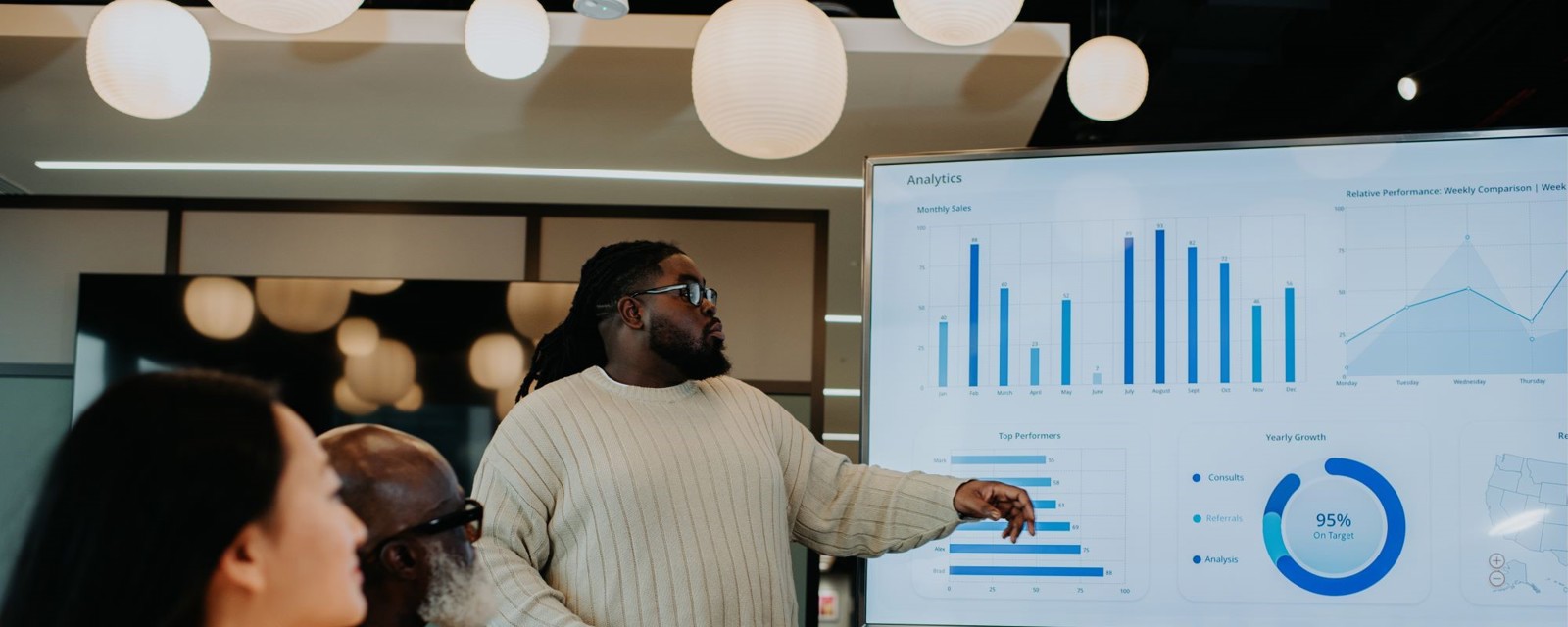Supplemental Education Opportunity Grants
The Supplemental Education Opportunity Grant (SEOG) program is an important means to help low-income students finance their higher education. It is also an important partnership program, as SEOG requires institutions to supplement federal money with institutional funds to participate in the program.
The program should be expanded to become more inclusive, and to help lower student debt burdens by increasing the maximum grant for the third year and beyond from $4,000 to $7,000.
About
The Federal Supplemental Education Opportunity Grant (SEOG) program provides financial assistance to low-income undergraduate students of exceptional need attending postsecondary education institutions. Authorized by Title IV of the Higher Education Act, SEOG is one of the “campus-based aid programs,” meaning it is administered by each participating postsecondary education institution. Currently institutions must match at least 33% of the funds appropriated by the federal government.
History
SEOG has been an integral part of the federal student aid portfolio since its inclusion in the Higher Education Act in 1972. SEOG was designed as a partner to the original Pell program (then known as the Basic Education Opportunity Grant or BEOG), to ensure supplemental grant aid for Pell students, and to ensure that institutions engaged with the federal government in providing need-based aid to low-income students.
Funding Status
An estimated 1.8 million students received an SEOG grant in the 2019-20 academic year. Students can receive a maximum grant of $4,000 per academic year under the current rules, although the average grant in the 2017-18 academic year was approximately $675. The program received $840 million in federal contributions for the 2019-20 academic year. Private, nonprofit colleges received 36 percent of the total federal SEOG allocation in 2017-18.
One Grant, One Loan and SEOG
Proposed Formula Changes
In conversations with your Senators, Representatives, and their staffs:
- Stress the positive impact that SEOG has on college access and persistence for low-income students on your campus.
- Highlight the campus-based nature of SEOG. Many Members of Congress are not aware of the differences between campus-based and non-campus-based programs. Such an explanation could offer important support for efforts to preserve and expand the other campus-based programs (Perkins Loans and Federal Work Study).
- Thank them for their past support and advocate for sustained funding.
- History of Student Financial Aid (FinAid.org)
- The Supplemental Educational Opportunity Grant Program: Background and Current Issues – Congressional Research Service (11/17/89)
- Justin Monk: Justin@NAICU.edu
In the News
-
NAICU Washington Update (10/31/25)Introduction by Barbara K. Mistick
-
NAICU Washington Update (10/31/25)Most Americans Oppose Expanding Washington’s Role in Higher Education
-
NAICU Washington Update (10/24/25)NAICU Addresses Complexities of Data on College Cost
-
NAICU Washington Update (10/17/25)NAICU Raises Concerns with Proposed IPEDS Survey Component
-
NAICU Washington Update (10/17/25)Layoffs at Department of Education Temporarily Halted
-
NAICU Washington Update (10/3/25)Introduction by Barbara K. Mistick, D.B.A.
-
NAICU Washington Update (10/3/25)Trump Offers Funding Advantage to Institutions That Agree to Priorities
-
NAICU Washington Update (10/3/25)Student Aid Alliance Hosts Congressional Briefing
-
NAICU Washington Update (9/26/25)Introduction by Barbara K. Mistick, D.B.A.
-
NAICU Washington Update (9/26/25)Democratic Appropriators Push Back on Reprogramming

